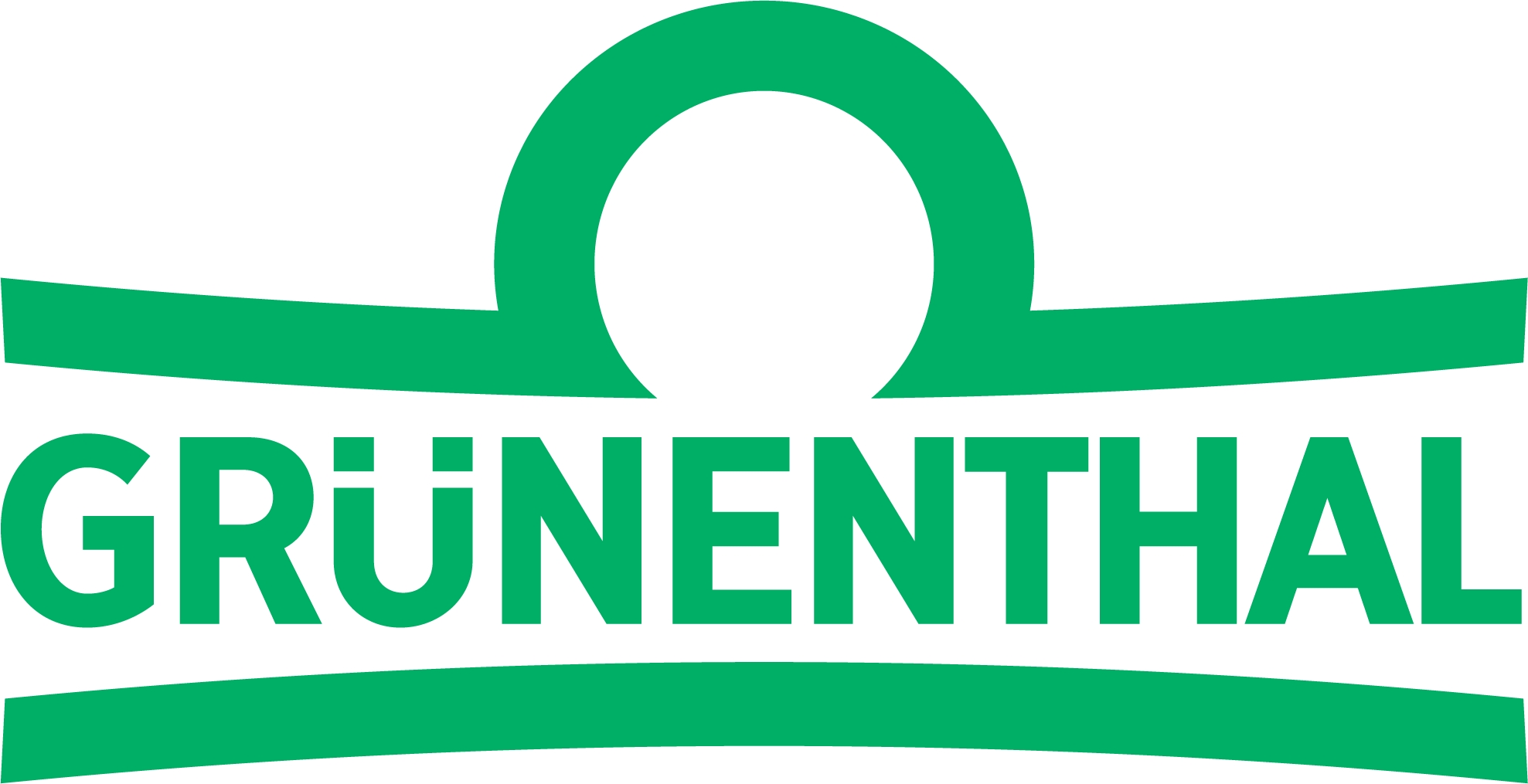ESCALA ANALGÉSICA DE LA OMS PARA TRATAMIENTO DEL DOLOR CRÓNICO
ESCALÓN
1
Analgésicos no opioides
- AINE
- Paracetamol
- Metamizol
ESCALÓN
2
Opioides débiles(*)
- Codeína
- Dihidrocodeína
- Tramadol
ESCALÓN
3
Opioides potentes(*)
- Morfina
- Fentanilo
- Oxicodona
- Metadona
- Buprenorfina
- Tapentadol
* Pueden asociarse a los fármacos del primer escalón en determinadas situaciones
Posibilidad de usar coadyudantes en cualquier escalón según la situación clínica
y causa específica del dolor
| FÁRMACOS COADYUVANTES | INDICACIONES |
|---|---|
| ANTIDEPRESIVOS TRICICLICOS (amitriptilina..) | DOLOR NEUROPÁTICO, DISESTESIAS |
| ANTICONVULSIVANTES (carbamacepina, fenitoína, clonacepan, gabapentina,....) | DOLOR NEUROPÁTICO PAROXÍSTICO, CONVULSIONES, DISTONÍAS,... |
| BACLOFENO | DOLOR POR ESPASMO MUSCULAR |
| PSICOESTIMULANTES (metilfenidato, dextroanfetamina,...) | SOMNOLENCIA, SEDACIÓN, DELIRIUM HIPOACTIVO,... |
| BENZODIACEPINAS (alprazolam, diacepam, midazolam, clonacepam,...) | ESPASMO MUSCULAR, ANSIEDAD, INSOMNIO, AGITACIÓN,... |
| CORTICOIDES (dexametasona, prednisona, deflazacort,...) | DOLOR ÓSEO, HT ENDOCRANEAL, ANOREXIA, C.MEDULAR, SVCS,... |
| BIFOSFONATOS (alendronato, pamidronato,...) | DOLOR ÓSEO POR MX, HIPERCALCEMIA |
| CAPSAICINA, LIDOCAINA+PRILOCAINA TÓPICAS | NEURALGIAS (herpes, mastectomía,...) |
| ANÁLAGO DE GABAPENTINA (pregabalina) | DOLOR NEUROPÁTICO PERIFÉRICO Y CENTRAL. EPILEPSIA. TAG. |
| NEUROLÉPTICOS (levomepromacina, haloperidol, risperidona, tioridacida, lacosamida, ...) | AGITACIÓN, VÓMITOS CENTRALES, COANALGESIA, HIPO, TENESMO,... |
Retropié Tobillo
© Sujeto a Copyright 2024
RECOMENDACIONES DE PRUEBAS DE IMAGEN
Y DERIVACIÓN DESDE ATENCIÓN PRIMARIA
EN PATOLOGÍA MÚSCULO-ESQUELÉTICA
HGU. REINA SOFIA. MURCIA
Protocolos
Exploraciones


